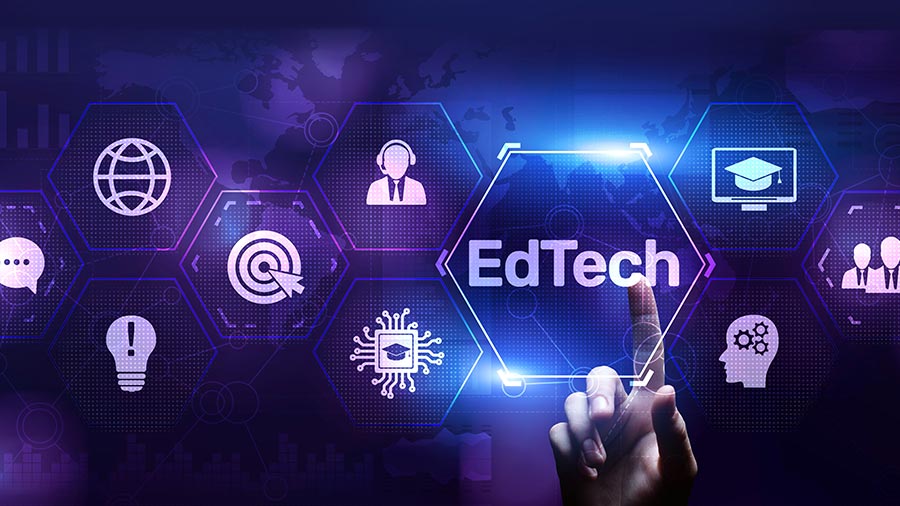
Education technology has grown rapidly over the past decade and even faster since the rise of remote and hybrid learning. From online classrooms and grading platforms to adaptive learning tools and student dashboards, EdTech is transforming how schools operate and how students learn. But with all this innovation comes risk. As more systems go digital, schools are managing increasing amounts of sensitive data. This makes them more attractive targets for cyberattacks and data breaches. While the benefits of EdTech are clear, the push toward smarter learning tools must be matched by an equal commitment to smarter security.
More Tools, More Vulnerabilities
Today’s typical school uses dozens of digital tools: attendance systems, online gradebooks, communication apps, video platforms, and more. Each of these tools creates a new point of connection, and a new potential point of weakness. Most of these platforms require login credentials, store personal data, and sometimes even track behavior. While many tools are designed with security in mind, not all are equally protected. A breach in one app can impact others. Without proper vetting, ongoing updates, and a plan for how data is managed and shared, the EdTech ecosystem can become more fragile than it appears.
Training and Awareness Still Matter
Technology can go a long way in securing data, but people remain a school’s first line of defense. Teachers, administrators, and even students need to be trained on basic digital safety. Simple practices, like using strong passwords, logging out of shared devices, or recognizing phishing emails, can prevent serious breaches. In many cases, attacks don’t start with system flaws; they start with human mistakes. Schools that invest in digital literacy alongside security tools create a stronger culture of awareness. When everyone understands their role in protecting data, the risk of exposure drops significantly.
Balancing Innovation with Security
The good news is that schools don’t have to choose between innovation and protection. Many districts are adopting layered security strategies that include basic safeguards like encryption, secure logins, and limited user permissions. Others are going a step further by working with external experts. For example, some schools use managed SOC services (Security Operations Centers) to monitor activity across their digital tools, detect suspicious behavior, and respond to threats in real time. These services offer 24/7 oversight, giving schools peace of mind without requiring a full-time cybersecurity team on staff.
Building a Secure Future for Education
EdTech isn’t slowing down, and that’s a good thing. It’s opening doors for students, personalizing learning, and making education more accessible. But the speed of innovation can’t come at the cost of safety. Schools need to think not just about what tools they use, but how those tools are protected, updated, and integrated. Security must be part of the conversation from the very beginning, not just an afterthought when something goes wrong. With the right safeguards in place, schools can take full advantage of EdTech’s potential while keeping students’ information and trust safe. The more connected classrooms become, the more intentional schools must be about protecting them. In education, innovation and security must grow hand in hand.







